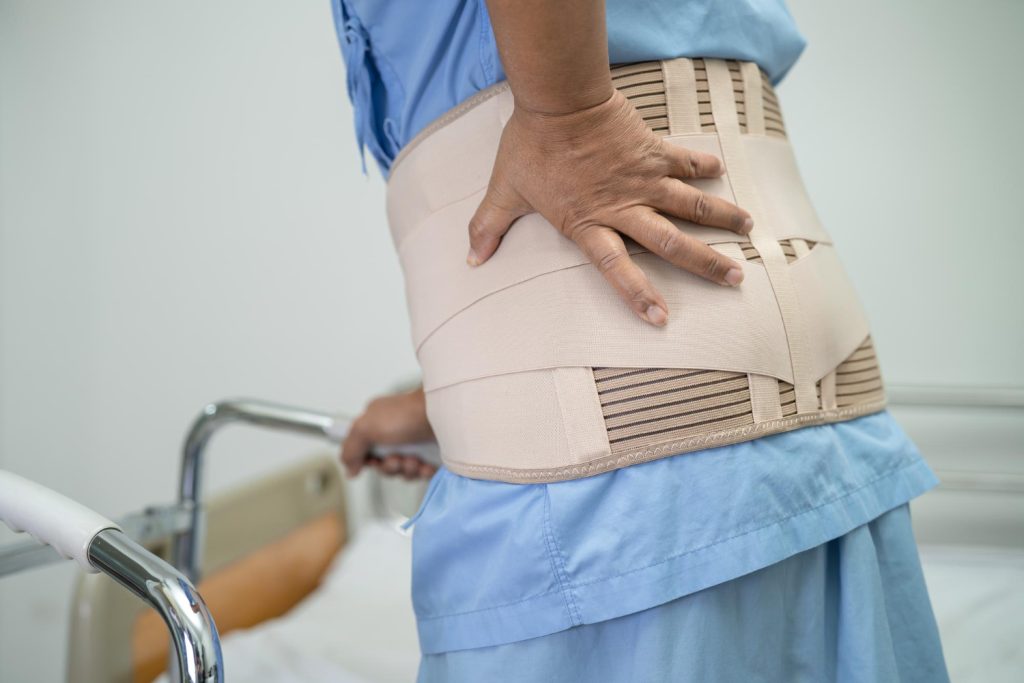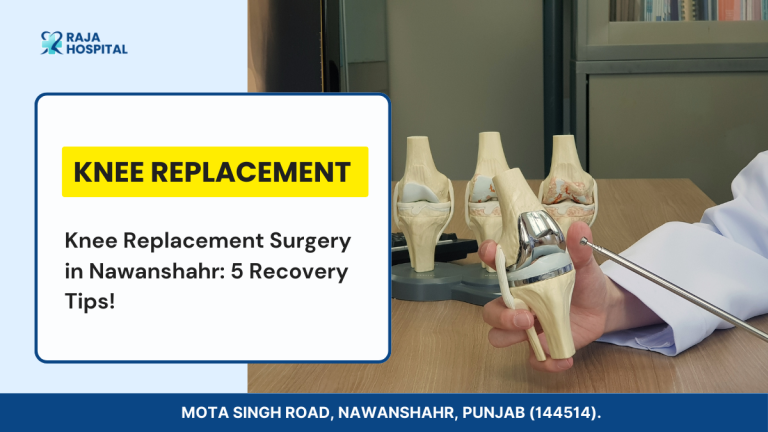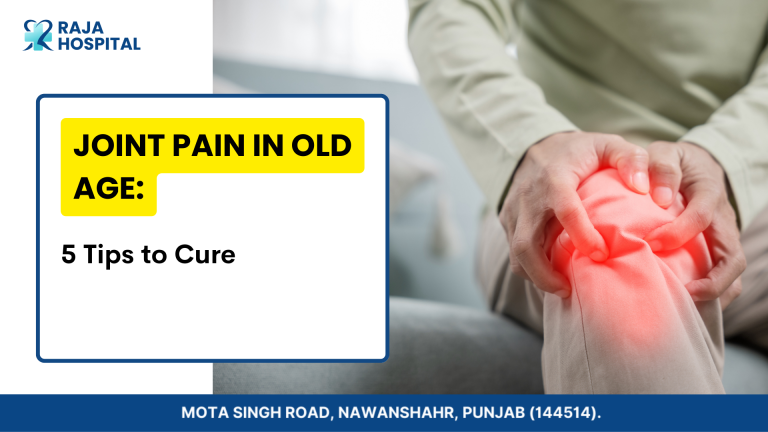3 Key Benefits: Nawanshahr Hip Replacement Wonders!
REVIEWED BY Dr. Lakhwinder Singh (MBBS, MS Orthopedics) on 27th March 2024.
We are going to dig deep into hip replacement surgery, especially what this means for the people in Nawanshahr. Whether you are looking up this information for yourself, someone you know, or just on a curious whim—gird your loins. We are about to dive into everything you have always wanted to know about getting a new hip in this happening locale.
Imagine the morning when you can get out of bed without being greeted by the all-too-familiar jabbing pain of the hips. Hip replacement surgery has converted this dream into reality for many. The patients from Nawanshahr and surrounding areas who have undergone this surgery say that it is not mere medical treatment but more like opening a door that leads to life without pain, where they can indulge again in activity and enjoyment.
What Is Hip Replacement Surgery?

Hip replacement surgery is a surgical intervention to remove a worn or damaged hip joint and replace it with an artificial implant. This is a procedure similar to replacing a rusty hinge on a door so that swinging of the door can be easy again. Among the main objectives are pain reduction, better quality of life, and improved mobility.
4 Types of Surgery
If the people of Nawanshahr are planning hip replacement surgeries, there are four main types of surgeries that they can undergo according to their necessity and conditions. Four types include:
Total Hip Replacement (THR): The most general type of hip replacement surgery. It entails the cutting off of both the damaged ball (femoral head) and socket (acetabulum) of the hip joint and replacing them with prosthetic components. This is generally the option recommended to those patients who have advanced arthritis or have severely damaged the hip.
Partial Hip Replacement (Hemiarthroplasty): Unlike THR, it is a procedure wherein only the fractured femoral head is replaced, while the socket remains intact. This is done normally after some types of hip fracture, most often in older patients who may not need to undergo complete hip replacement.
Hip Resurfacing: It is an option to consider in the place of THR. The femoral head is not removed; rather, the surgeon shaves and caps it with a smooth metal covering. The major difference lies in the younger, more active patient in whom hip resurfacing is often recommended due to its ability to offer a larger range of motion and easier revision should future surgery be necessary.
Minimally Invasive Hip Replacement: Smaller incisions are used in this case compared to the conventional replacement of the hip joint, and the cutting of muscles is far less to achieve the same results. This surgery yields the benefits of less post-operative pain, quicker recovery, and shorter hospital stays.
Not all patients are candidates for this approach, however, suitability depends on some issues such as the anatomy of the patient, the status of the health, and the expertise of the surgeon. Each form of surgery has its advantages depending on a specific condition or preferences or lifestyle goals of a patient.
What Criteria Should a Patient Meet for Such Kind of Surgery?

Most commonly, a perfect candidate for hip replacement surgery would be one who suffers from chronic pain in the hip, caused by issues such as arthritis, fractures, or even osteoporosis, among others.
- Medical necessity: It is a condition in which surgery is necessary.
- Physical health: The patient needs to withstand both the surgery and anesthesia.
- Mental health: The patient must possess a realistic understanding and be of stable mind and mental condition.
- Age considerations: There should be a specific age limit for the patient to have the surgery.
- Nutritional status: The patient is nutritionally okay and will aid in healing and recovery.
- Substance abuse: No substance abuse to interfere with his/her recovery.
- Informed consent: The patient is able to give informed consent in regard to the surgery.
- Support: Availability of postoperative care support system.
- Insurance coverage: Surgery is covered by insurance, or the patient is able to afford the cost.
- Postoperative care: The patient can easily follow all the postoperative care and rehab plans.
Age is not all. Other factors, such as overall health and lifestyle and how far deteriorated the hip pain has become, weigh heavily in one’s decision to go for surgery.
What is the Procedure?

The hip replacement procedure involves a team of healthcare professionals working together to remove the damaged parts of your hip and replace them with artificial components. This process aims to replicate the natural function of your hip, allowing for smoother movement and reduced pain.
Precautions
Serious health assessments are conducted on the patients before the surgery, which is meant to confirm that they are fit for the exercise. Post-surgery, it’s crucial to follow specific precautions to avoid dislocation or damage to the new hip. These might include avoiding certain movements or positions for a period.
What Happens After the Surgery?

The patient then enters into the recovery phase under the health practitioners’ continuous monitoring. This period is very important for the healing process, with activity levels gradually increasing under guidance for the new hip to be successful.
How to prepare for surgery: From being subjected to evaluation, setting your home into post-surgery conditions, and making adjustments in the diet, there are several stages that the patient has to go through while preparing for hip replacement surgery. It includes putting yourself in a safe and comfortable environment to recover from.
Complications of surgery
Although relatively a safe surgery, like any other major surgery, hip replacement poses routine risks of surgery, including infections, blood clots, and adverse effects from anesthesia. Hospitals in Nawanshahr have set protocols to reduce such risks.
The time of recovery after an operation for hip replacement varies among individuals, with most people starting to return to light activities within the time frame of 3-6 weeks. An individual can return to full recovery within a few months up to several months, based on a number of elements. Those may include the patient’s general health and how well he or she adheres to the rehabilitation protocols.
FAQs
Conclusion
Hip replacement surgery in Nawanshahr offers a promising solution for those suffering from debilitating hip pain, providing a pathway to a more active and enjoyable life. When care, preparation, and follow-up care are taken into careful consideration, an improved scale of mobility and pain relief can be maximized.




